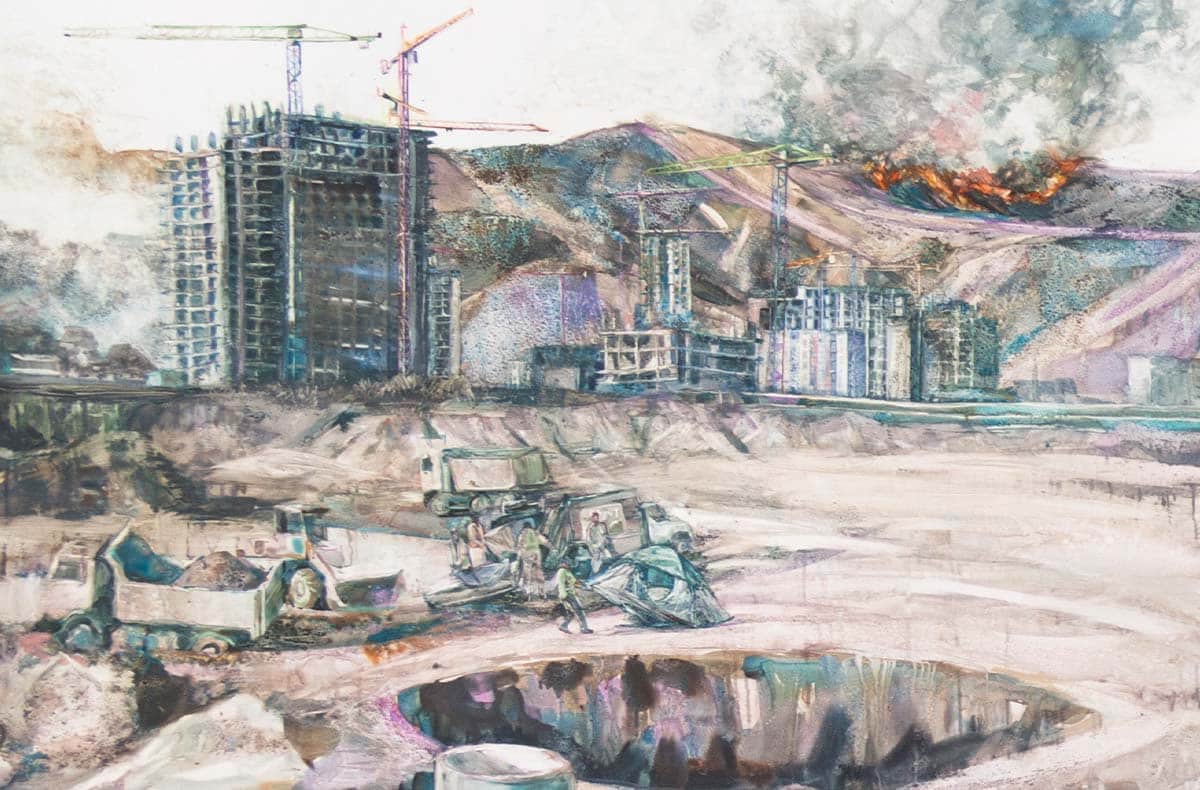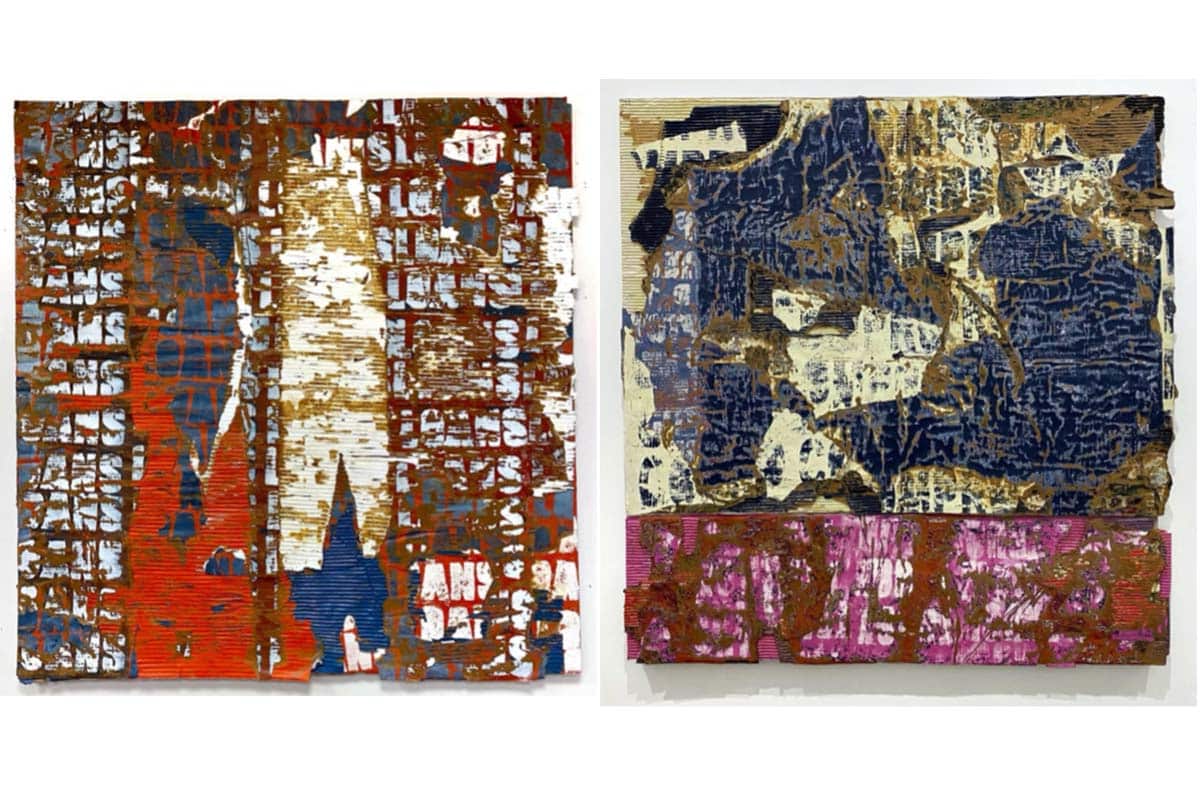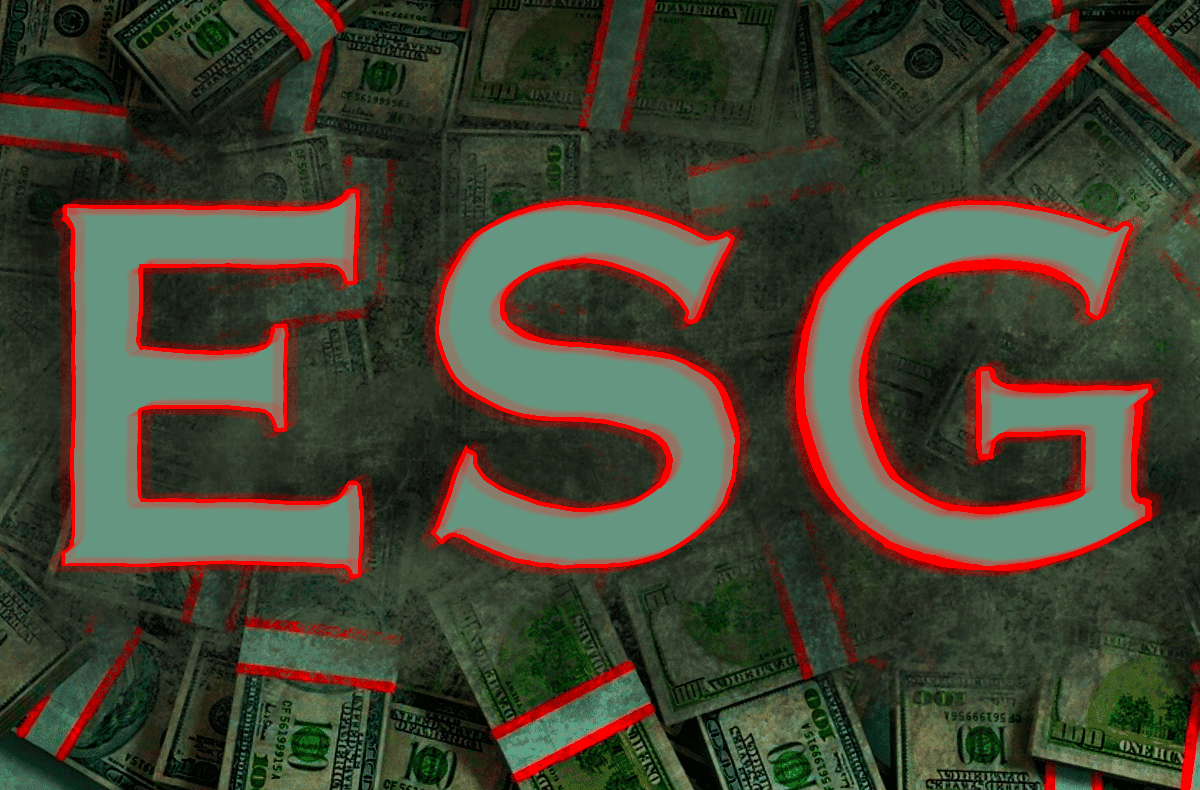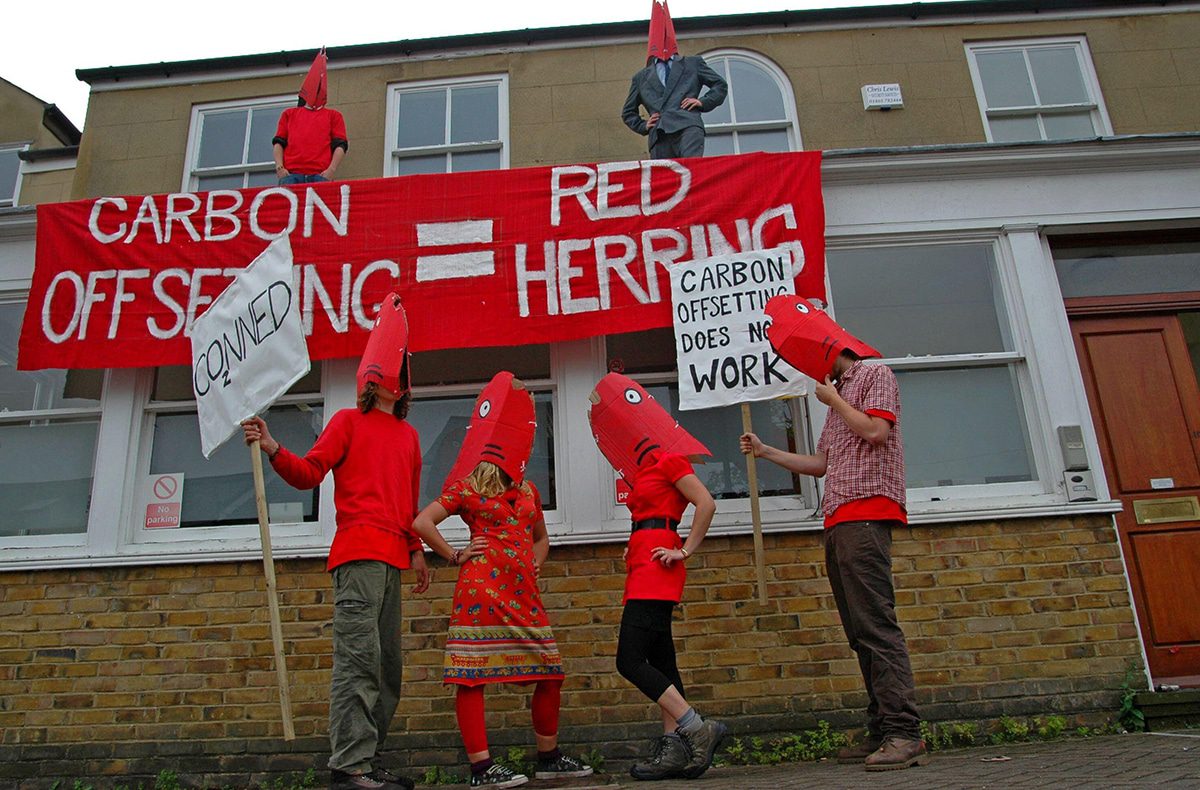
When the pandemic hit and the stay-at-home orders followed, our law firm was left with five floors of essentially empty office space in downtown Los Angeles. We had the idea to turn a corner office into an artist’s studio and create a four-month residency, including a small stipend for LA-based artists. We invited local artists to submit applications and portfolios. To our astonishment, we received almost 150 applications from artists in our community who needed space and resources. We narrowed them down to two, but couldn’t narrow further – so we had two artists in residence. Part of the arrangement was that we would host an exhibition in an offsite gallery space at the end of the residency. When we decided to have a second residency, we received over 250 applications. (I have learned that there are many people who need to make art, but don’t have the space to do it.)
Recently we distributed a video within our firm showing one of the artists at work. I got an email from a colleague saying: “I don’t think this is something that an elite law firm should do. If you think you have 100% support on this, you would be wrong.”
This made me reflect on what, if anything, was the value of having these artists working in our offices. The corporate art collection is nothing new: from the Rothko on the wall in Mad Men to the illustrious career of Jeffrey Deitch, who single-handedly developed an art program at Citibank, it’s no secret that art is an investment tool, décor, and—let’s admit it—a status symbol. Sure, hosting working artists was fun: I love contemporary art and rarely have an opportunity to see artists at work. In explaining the program, I could invoke the long history of art patrons—though that might seem pretentious. I could also invoke Andy Warhol, who said “good business is the best art.” Or the aforementioned Jeffrey Deitch, who made a compelling case for arts and the bottom line at Citibank.
But none of these explanations would ring true for us. We are not great art patrons; we are not promoting art as a business; we are not seeking to support our bottom line.
So what is the point of having artists working in our office?
To answer this question, let me tell you about the artists who’ve come here to work.
Molly Segal, one of our first artists, uses watercolor to paint the “in between” spaces in LA—the littoral, the seashore, and the stranded petroleum pumps one sees in places like Signal Hill. Her arts has a dystopian quality, such as the waterpark on fire with swimmers in the water, their backs to the viewer, looking up at waterslides in flames. Her work records what is happening to the physical environment of LA and asks what the future holds.

Edgar Ramirez is our other artist in the first program. Edgar gathers materials from the streets, from telephone poles, signs and cardboard on his commute to the office. In our studios he reassembled these into structured collages that reflected back to us our urban landscape through his artist’s eyes.

Francisco Palomares, one of our current artists, also gets his inspiration from the streets of LA. He paints the people he sees on his bike riding into the office: The flower seller on the same corner every day, the shop displays piled with religious ephemera, the beauty of a hand-painted vape shop sign, and a barren downtown street at night. He captures the downtown LA we often overlook and had never seen inside our building.

Tony De Los Reyes is also here now, creating paintings and screen prints drawn from the border areas between California and Mexico. His work illustrates the data of border crossings, processed through an algorithm which creates a visual representation in US and Mexico flag pantone colors. He also paints strikingly vivid colors of timeless rocks situated in the desert, which could be in California or Mexico—one would never know. Materials like concrete and rust sit in his studio next to watercolors and canvas, overlooking downtown.

Each of these artists bring the experience of LA—aspects of the city we never noticed, or didn’t really see—into our space. They show us the people on the street corner and on the sidewalk, telephone pole ephemera, the politics—or lack thereof—of the geography of the border, and the future towards which we may be heading. These messages are brought into our office through the mind’s eye of each of these artists—and are reduced to a fixed form in a process that everyone can witness.
One of the things the pandemic taught us is how important art is for human connection. People bonded over TV and movies, shared music, redid their homes, and hung new art on their walls to reflect their interests and passions. Supporting the people who support us—the artists who tell our stories through their work and process them through their creativity—helps us grow and feel connected. That’s part of “the point” of doing this project.
Just last week, I was moved to receive an email from one of our attorneys, who trained as an artist, about why she values the program in her workspace: “Seeing art and seeing artists at work are encouraging to me. I find myself struggling daily to live up to the ideals of creativity, craftsmanship, and integrity. But seeing that in a different medium makes me feel not so alone. Because these goals are common to all of us—lawyers, artists, humans.”
So even if I didn’t have “100% support” from our colleagues for the residency, I can say this unconventional choice has reaped great rewards. And if you take these thoughts with you to the spaces on the Fifth Floor of 865 South Figueroa, where these artists are working, you might see the project in a new light.



